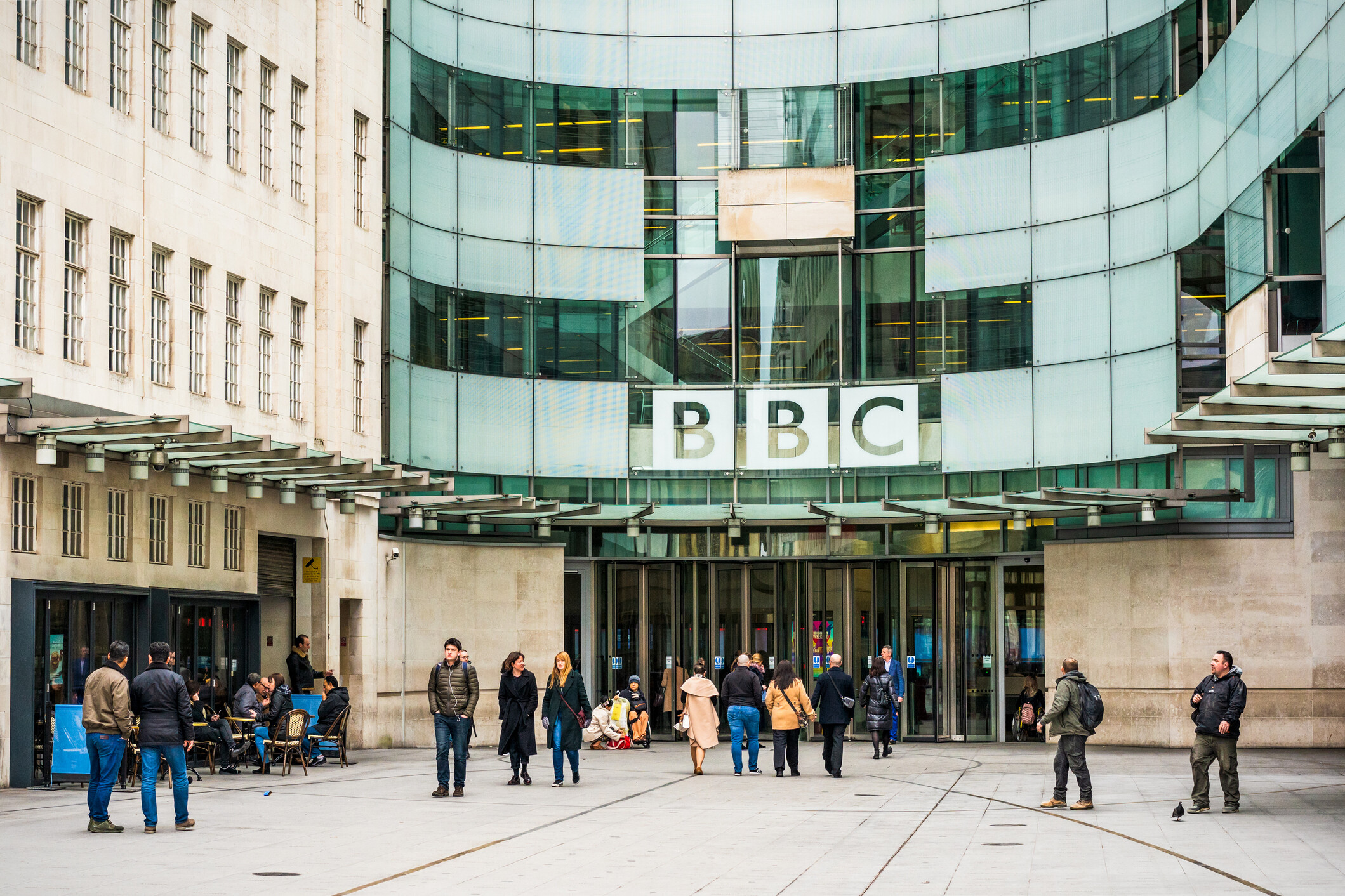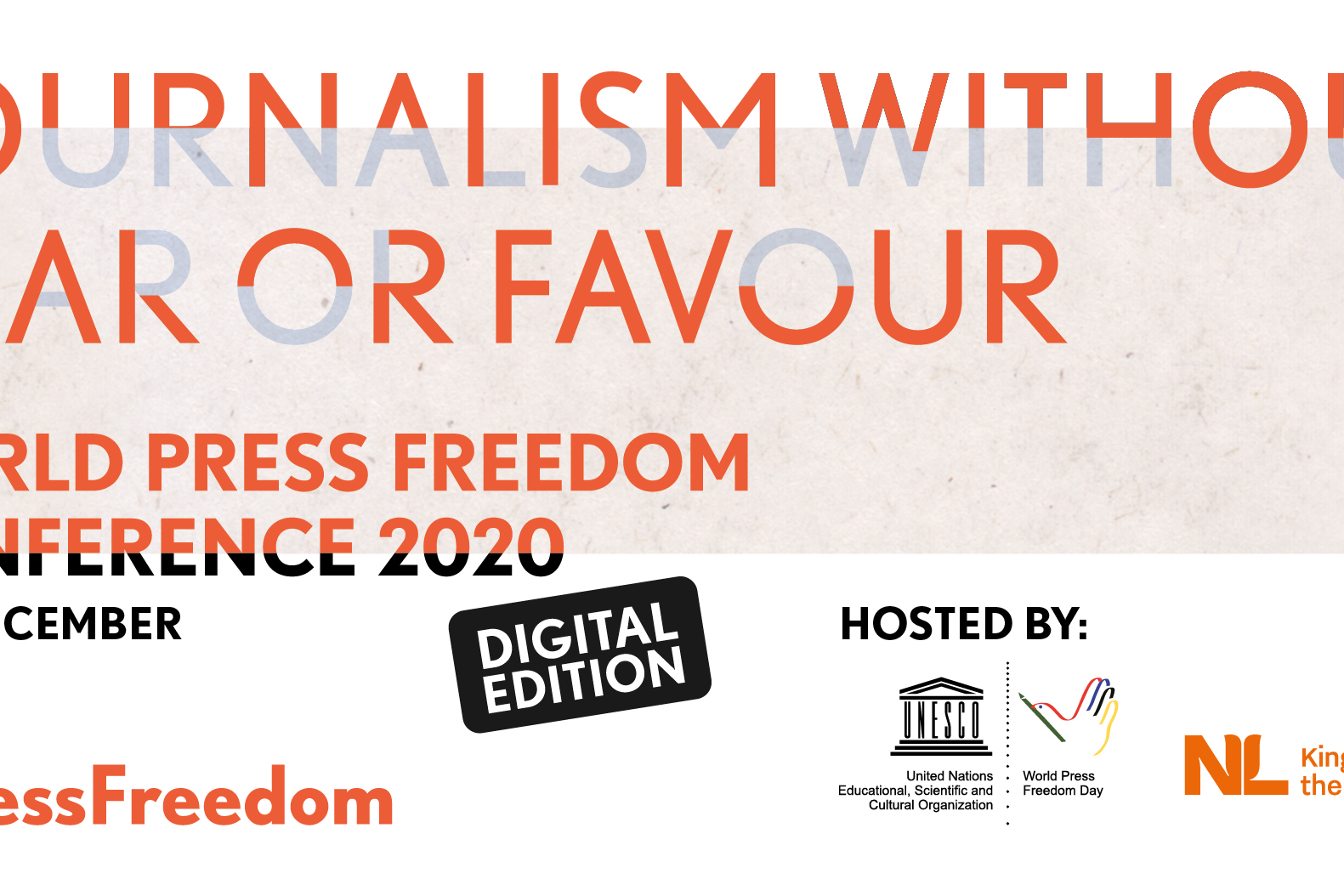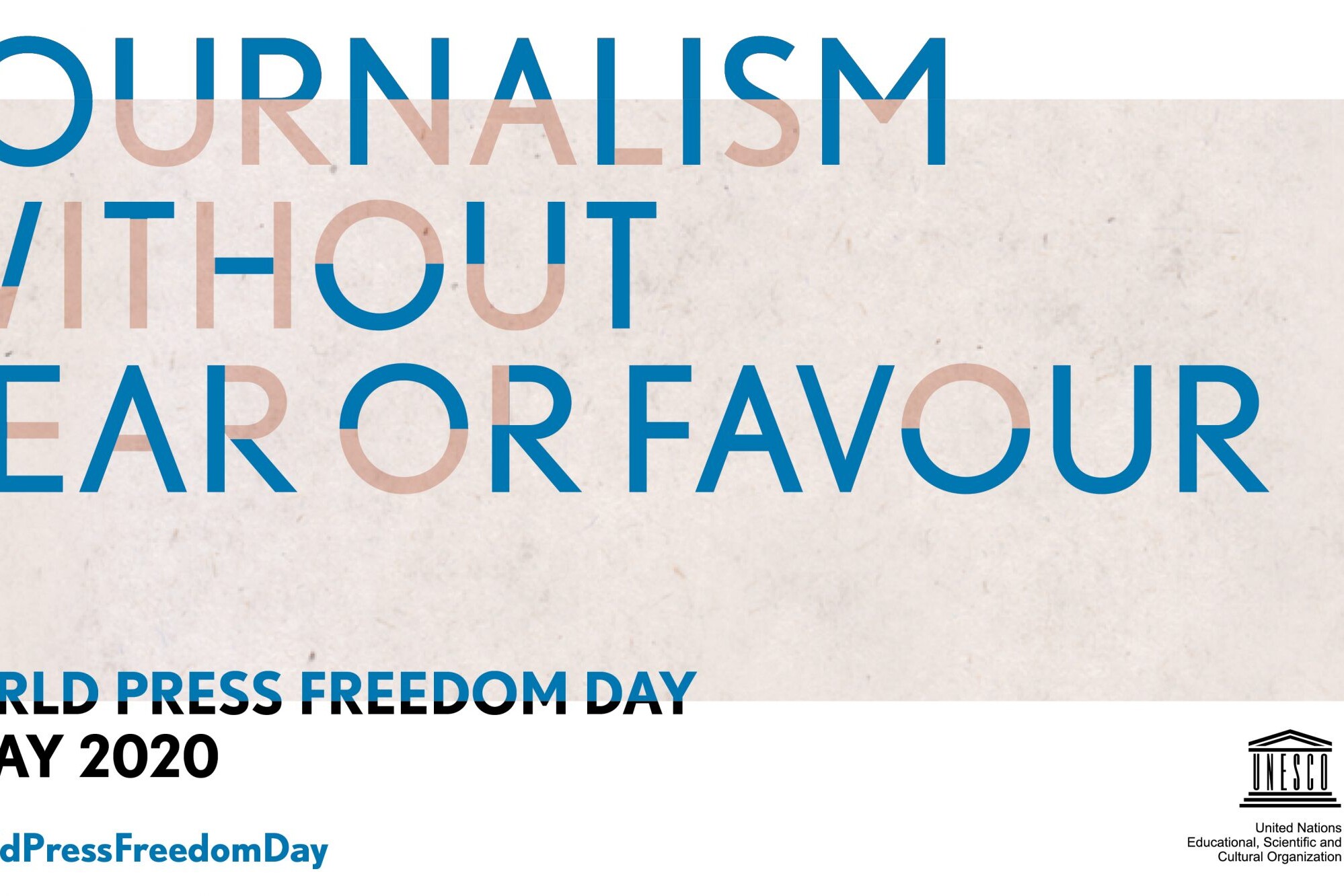The UK Government has published its first national action plan on Tuesday, which outlines its approach to improving the safety of journalists in the UK.
As part of a multi-stakeholder approach The National Action Plan for the Safety of Journalists sets out a strategy on how to better protect journalists from threats, abuse, and harassment – online and offline – while also raising awareness of safety challenges. Specific measures include introducing new and targeted training for police officers and journalists; a commitment by prosecution services to clampdown further on crimes against journalists; and an emphasis by government to build on its ongoing work to improve online safety.
The action plan was developed as a priority by the National Committee for the Safety of Journalists after its first meeting last year. The Committee consists of industry stakeholders and civil society organisations including the National Union of Journalists (NUJ), Index on Censorship and Reporters without Borders (RSF) as well as representatives from government, policing and prosecution services.
A press release explained that the Department for Digital, Culture, Media & Sport (DCMS) and the Home Office will issue a call for evidence of threats against journalists. Meanwhile, the Foreign, Commonwealth and Development Office (FCDO) says that it will use its global network “to share insights and strategies on the protection of journalists, with the aim of strengthening approaches in other countries.” This includes the Media Freedom Coalition, set up by the UK and Canadian governments in 2019. Prime Minister Boris Johnson also stated his support of the plan: “Freedom of speech and a free press are at the very core of our democracy, and journalists must be able to go about their work without being threatened… This action plan is just the start of our work to protect those keeping the public informed, and defend those holding the government to account.”
Yet some media practitioners remain sceptical about the plan. Jonathan Munro, Head of Newsgathering at the BBC and a member of the National Committee briefly acknowledged on Twitter that there is still a “Long way to go, but [these are] real step forwards.” Meanwhile Nik Williams, Media Freedom Rapid Response (MFRR) Project Coordinator at the European Centre for Press and Media Freedom (ECPMF), addressed a number of concerns with several sections of the plan, including the uncertainty as to whether other media practitioners – such as citizen journalists, photographers or editors – come under the definition of ‘journalist’; the need to make police training compulsory as well as failing to address the issue that the police can also be perpetrators of media freedom violations. He also added that there “is no commitment to systematic monitoring of threats, attacks or broader violations of media freedom in the UK.” A significant omission, he said, that could undermine the state’s response to more complicated situations.
While the Public Media Alliance (PMA) agrees that the action plan is a positive first step, any government initiative to better protect the safety of journalists, media professionals and press freedom must be held to account and scrutinised as to whether it is achieving its stated goals. Press freedom and particularly the safety of women journalists, remains a significant concern in the UK. Last year the country slid two places to 35th out of 180 countries in RSF’s World Press Freedom Index.
PMA will continue to observe and report on developments.
The PMA is a member of the Media Freedom Coalition Advisory Network.
Header Image: A view of the Elizabeth tower from within the Palace of Westminster. Copyright Notice: © UK Parliament/Mark Duffy
Related Posts
10th November 2020
New Advisory Panel appointed to shape the future of PSB in the UK
PMA has significant concerns about a…



